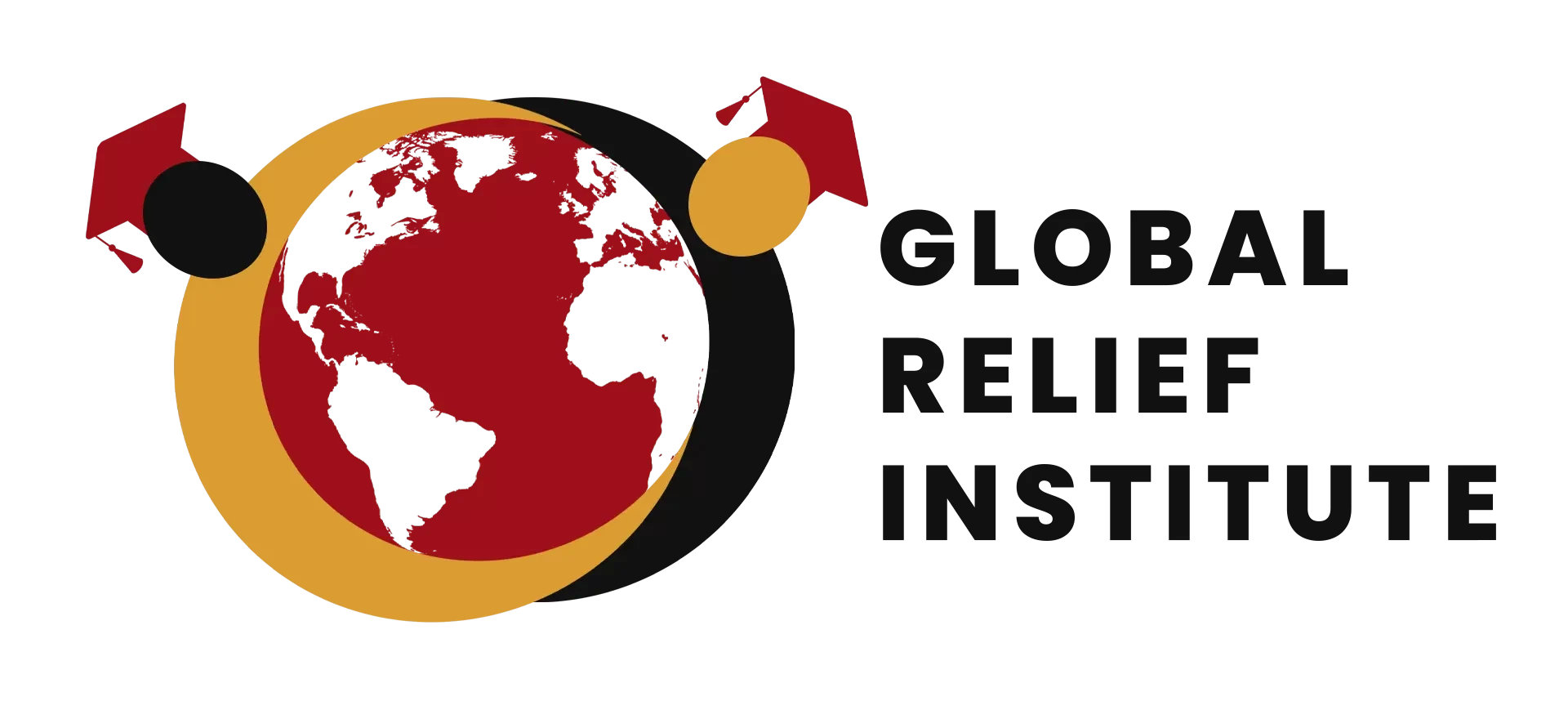Course Overview
In the world today HIV/AIDS continues to be a major health and development challenge with
the following alarming statistics.
More than 34 million people now live with HIV/AIDS.
3.3 million Of them are under the age of 15.
In 2012, an estimated 2.5 million people were newly infected with HIV.
330,000 were under the age of 15.
Every day nearly 7,000 people contract HIV—nearly 300 every hour.
In 2011, 1.7 million people died from AIDS.
230,000 of them were under the age of 15.
Since the beginning of the epidemic, more than 60 million people have contracted HIV
and nearly 30 million have died of HIV-related causes.
More than two-thirds (69 percent) of all people living with HIV, 23.5 million, live in sub-
Saharan Africa—including 91 percent of the world’s HIV-positive children.
In 2011, an estimated 1.8 million people in the region became newly infected. An
estimated 1.2 million adults and children died of AIDS, accounting for 71 percent of the
world’s AIDS deaths in 2012.
The need to develop manpower in these disciplines has been necessitated by the fast
increasing health problem resulting from ongoing processes like urbanization and
HIV/AIDs which is coupled by the era of emerging and re-emerging infectious. For the
country to cope with this, community health practitioners who will be able to tackle the
issues from grassroots are needed.
Course Content
difference between HIV and AIDS.
Know the myths of HIV and AIDS.
Understand HIV and AIDS Statistics.
Learn three methods used for HIV Screening.
Understand How HIV is transmitted.
Understand Legal Right associated with HIV/ AIDS.
Understand Current treatment associated with HIV and AIDS.
Identify what are blood borne pathogens
How to respond to myths about HIV/ AIDS
The role of a peer education in HIV prevention
Effective Communication, including
Attitudes and values people have about illness and sexuality
How to respond to myths and misconceptions about HIV/AIDS
Establishing the climate of mutual respect and sympathy
What puts peers at risk of HIV
Behavior Change Communication The process of behavior change
Overcoming communication barriers in Peer Education
Approaching a peer and beginning a dialogue
Active listening
Facts about HIV antibody testing
Preparing for a HIV test
Managing the outcome of the HIV test
How to motivate others
Personal Risk assessment techniques
Understanding social norms, peer pressure and behavior change process
Condom and sex related negotiation and refusal skills
Sexual decision making
Communication for safer sex and assertiveness
Condom and sex related negotiation and refusal skills
The role of alcohol and drugs in HIV transmission
Peer Education and Counseling techniques including listening, confidentiality, rapport,
referrals and record keeping
Living with HIV infection
Psychological, social and ethical issues in counseling peers about sexuality and HIV
infection.
Empathy toward those infected with HIV
Moral support and counseling families and individuals infected with HIV
How to address stigma and discrimination for those infected and affected
Assignments
In order to demonstrate their understanding of the course content, students will be required to
submit three assignments.
DURATION: 3 Months
REGIONS TARGETED: Global
COURSE FEE: Euros 500
LANGUAGE: English
FORMAT: Online Learning
GENERAL COURSE CONTACT: info@globalreliefinstitute.org
